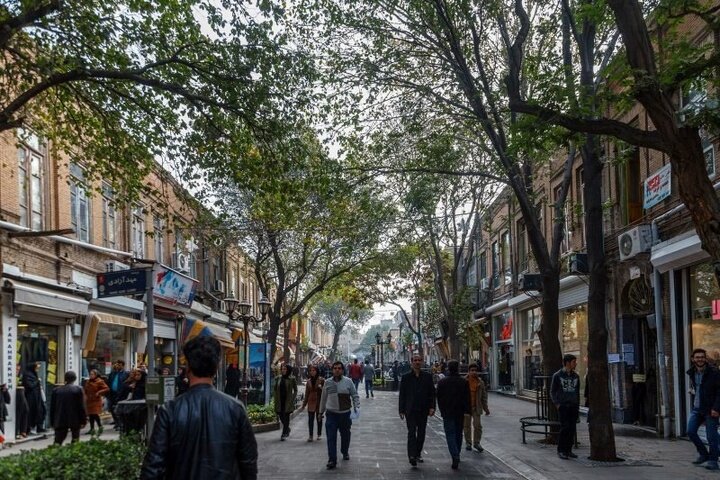Restoration project launched in historical core of Tabriz

TEHRAN - A new project aimed at restoring and reorganizing parts of the historic core of Tabriz, once the capital of Persia during the early Safavid period, has officially begun.
The initiative is focused on the architectural and visual rehabilitation of Imam Khomeini Street, one of the city's key historical zones.
According to Hossein Monirifar, the mayor of Tabriz's District 8, restoration work has commenced along the stretch of Imam Khomeini Street between Sa’at Square and Tarbiat Pedestrian Walkway. This area is considered a significant historical corridor within the city and will undergo traditional-style refurbishments in collaboration with the East Azarbaijan Department of Cultural Heritage, Tourism, and Handicrafts.
“The current state of the facades along this street does not align with the desired shape of the historical fabric of Tabriz,” said Monirifar. “We are implementing a traditional restoration approach to harmonize the visual identity of this important axis. Plans also include traditional lighting and signage design for local businesses.”
In addition, Vahid Navadad, Deputy Head of Cultural Heritage in East Azarbaijan province, praised the municipality's initiative and confirmed the department’s full readiness to cooperate on the project. “Preserving the historical core of Tabriz is a pillar of sustainable urban tourism development,” he stated.
Highlighting the cultural significance of Imam Khomeini Street in Tabriz's urban structure, Navadad emphasized that the project not only contributes to the city’s historical identity but also paves the way for enhanced tourism and urban regeneration.
The city of Tabriz, known for its rich history, warm hospitality, and the UNESCO-listed Grand Bazaar, remains a key gateway for visitors, particularly those entering Iran from Armenia and Turkey.
Tabriz has a long and rich history, but saw many of its historic buildings destroyed by invaders or earthquakes. Tabriz became the capital of the Mongol Il-Khan Mahmud Gazan (1295–1304) and his successor. Timur (Tamerlane), a Turkic conqueror, took it in 1392. Some decades later the Kara Koyunlu Turkmen made it their capital, it was when the famous Blue Mosque was built in the ancient city.
The city retained its administrative status under the Safavid dynasty until 1548, when Shah Tahmasp I relocated his capital westward to Qazvin. During the next two centuries, Tabriz changed hands several times between Persia and the Ottoman Empire. During World War I, the city was temporarily occupied by Turkish and then Soviet troops.
AM
Leave a Comment